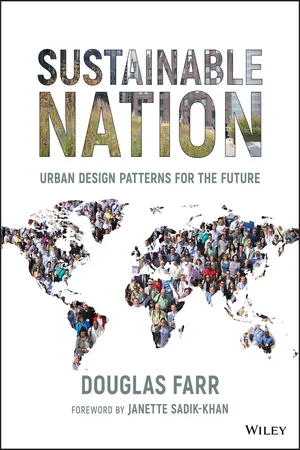
- English
- ePUB (mobile friendly)
- Available on iOS & Android
About this book
PROSE Award Finalist 2019
Association of American Publishers Award for Professional and Scholarly Excellence As a follow up to his widely acclaimed Sustainable Urbanism, this new book from author Douglas Farr embraces the idea that the humanitarian, population, and climate crises are three facets of one interrelated human existential challenge, one with impossibly short deadlines. The vision of Sustainable Nation is to accelerate the pace of progress of human civilization to create an equitable and sustainable world. The core strategy of Sustainable Nation is the perfection of the design and governance of all neighborhoods to make them unique exemplars of community and sustainability. The tools to achieve this vision are more than 70 patterns for rebellious change written by industry leaders of thought and practice. Each pattern represents an aspirational, future-oriented ideal for a key aspect of a neighborhood. At once an urgent call to action and a guidebook for change, Sustainable Nation is an essential resource for urban designers, planners, and architects.
Frequently asked questions
- Essential is ideal for learners and professionals who enjoy exploring a wide range of subjects. Access the Essential Library with 800,000+ trusted titles and best-sellers across business, personal growth, and the humanities. Includes unlimited reading time and Standard Read Aloud voice.
- Complete: Perfect for advanced learners and researchers needing full, unrestricted access. Unlock 1.4M+ books across hundreds of subjects, including academic and specialized titles. The Complete Plan also includes advanced features like Premium Read Aloud and Research Assistant.
Please note we cannot support devices running on iOS 13 and Android 7 or earlier. Learn more about using the app.
Information
Part One
Our Default World
Fearful

“You cannot hope to build a better world without improving the individuals. To that end, each of us must work for his own improvement, and at the same time share a general responsibility for all humanity, our particular duty being to aid those to whom we think we can be most useful.”—Marie Curie1
The Tocqueville Effect: Social frustration increases as social conditions improve.
Global Threats to People and
Planet Merit Our Empathy
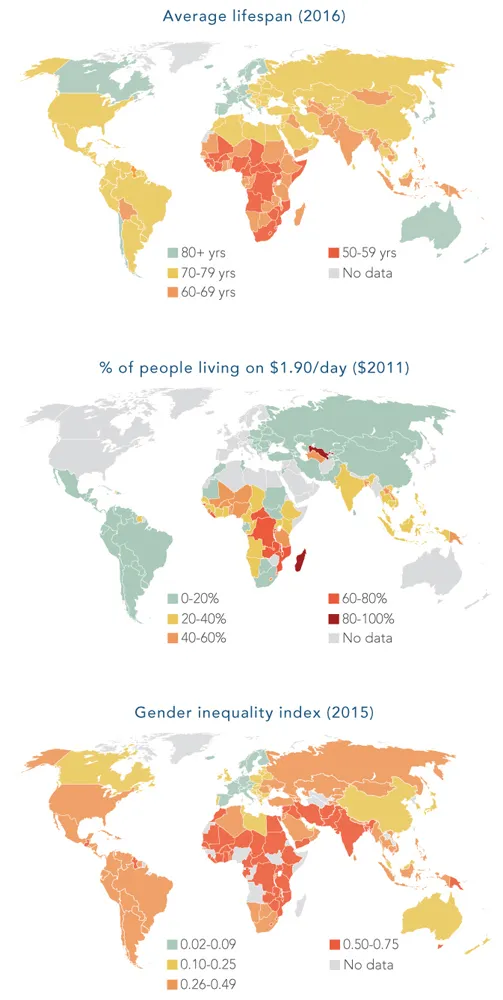
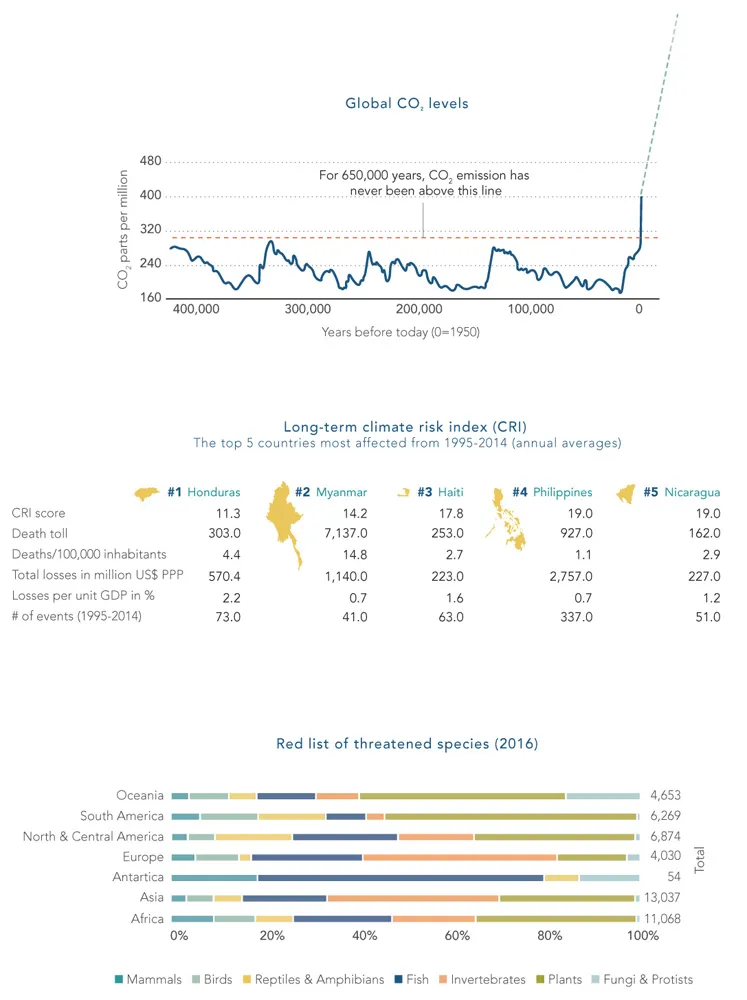
Pessimism And Inequality Are
Destabilizing National Threats
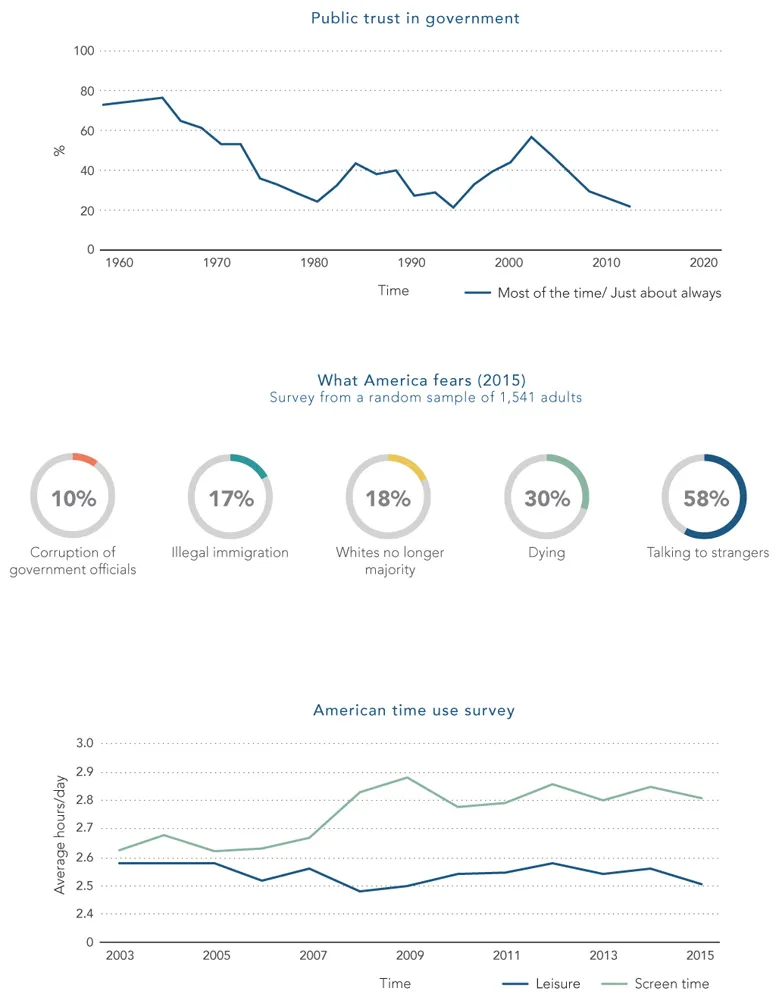

Ineffective Governments And Closed Or
Rigged Markets Are Top Global Barriers

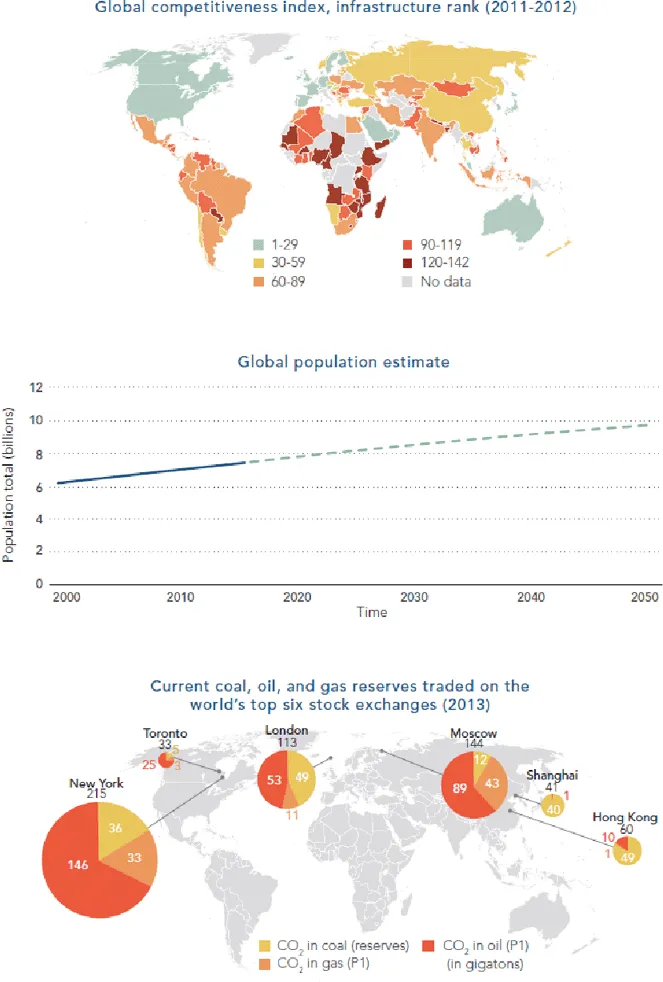
A Broken Congress And A Materialist
Culture Are Barriers To U.S. Progress
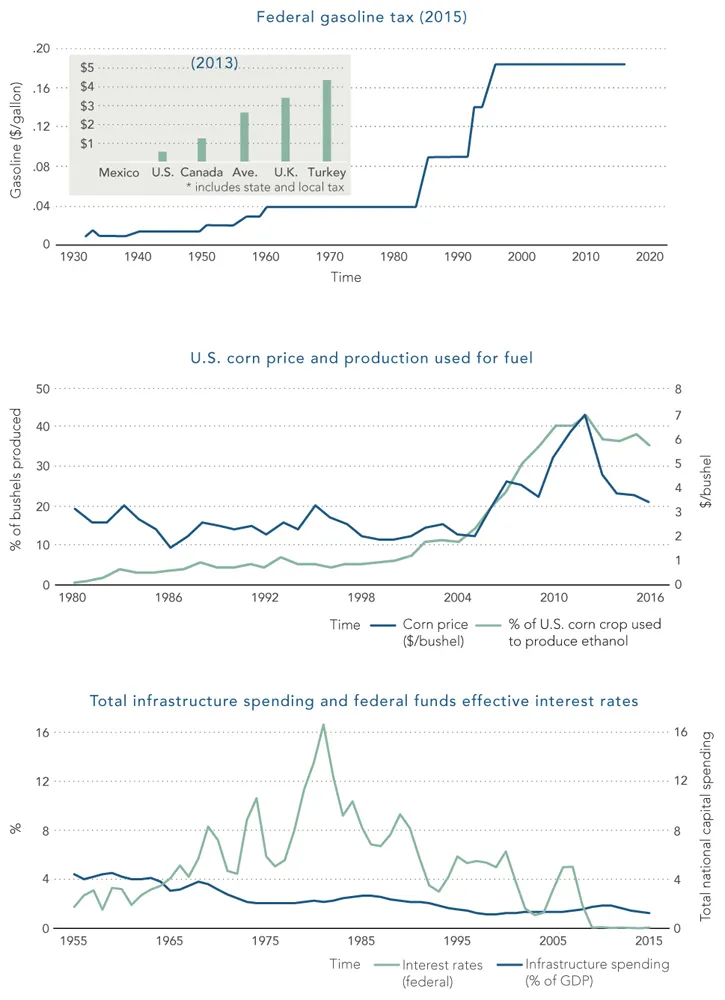
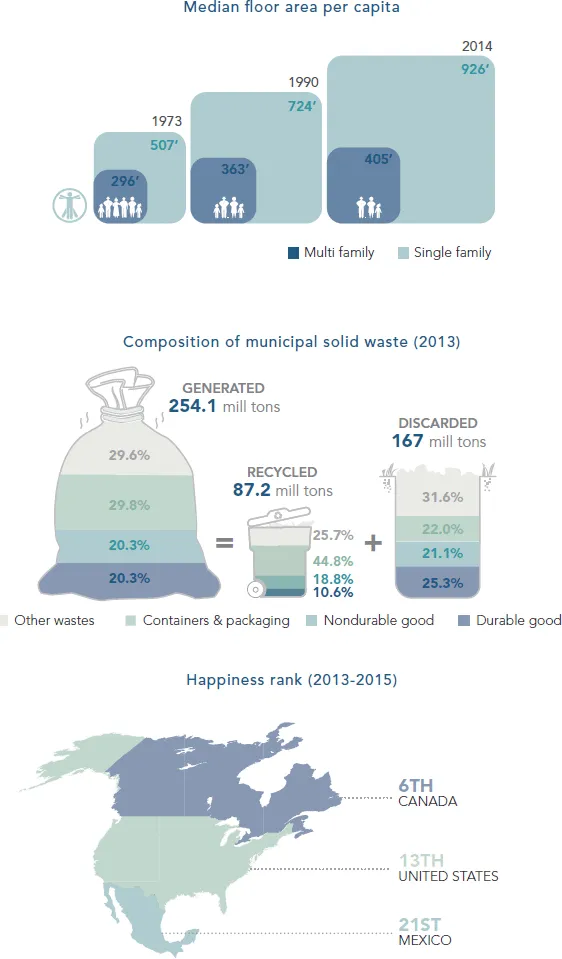
Public Policies Prompt Private Sector
Innovation To Advance Global Progress

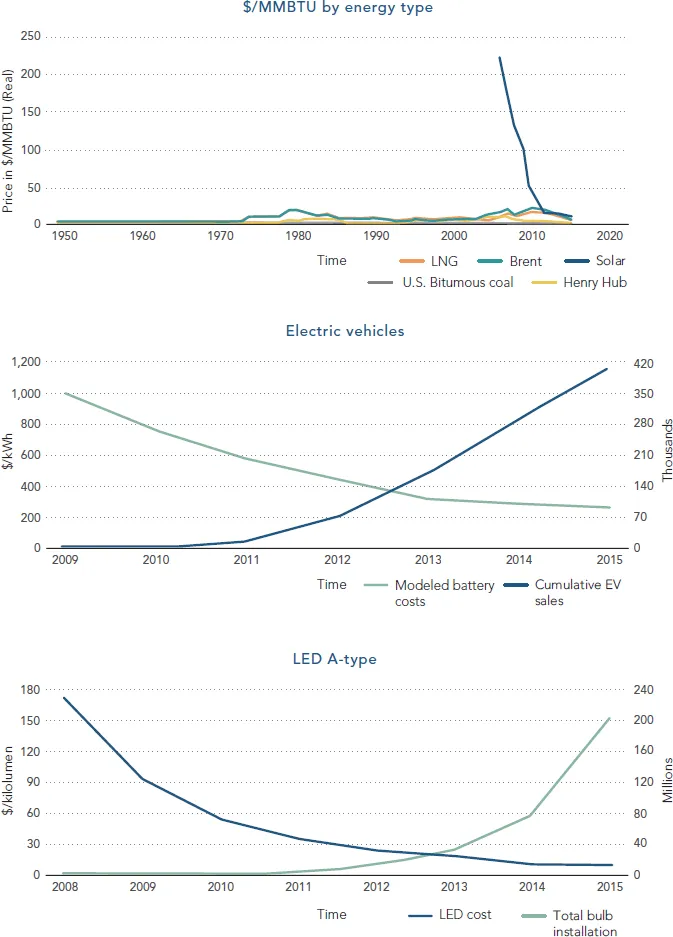
While Work Remains, The U.S. Is Healthier,
Safer, And Better Off Than Ever Before


Endnotes
References
- Chapter cover image: Free-Photos via Pixabay.com/ Creative Commons CC0
Civilization Timeline
- The World Bank. (2016). World Development Indicators. Life expectancy at birth, total (years). http://data.worldbank.org/indicator/SP.DYN.LE00.IN; accessed August 31, 2016.
- Ancient History Encyclopedia. (n.d.). www.ancient.eu/.
- A&E Networks. (n.d.). History.com.
- Wikipedia. (n.d.). www.wikipedia.org/.
Global Threats
Average Lifespan
- The World Bank. (2016). World Development Indicators. Life expectancy at birth, total (years). http://data.worldbank.org/indicator/SP.DYN.LE00.IN; accessed August 31, 2016.
Poverty Data
- The World Bank. (2016). World Development Indicators. Poverty headcount ratio at $1.90 a day (2011 PPP) (% of population). http://data.worldbank.org/indicator/SI.POV.DDAY; accessed August 31, 2016.
Gender Inequality Index
- United Nations Development Programme (UNDP). (2015). UNDP Human Development Reports 2015. Table 5: Gender Inequality Index. http://hdr.undp.org/en...
Table of contents
- Cover
- Title Page
- Copyright
- Dedication
- Foreword
- Preface
- Acknowledgments
- Part One: Our Default World
- Part Two: Our Preferred Future
- Part Three: Theory of Change
- Part Four: The Practice of Change
- Epilogue
- Glossary
- Index
- End User License Agreement